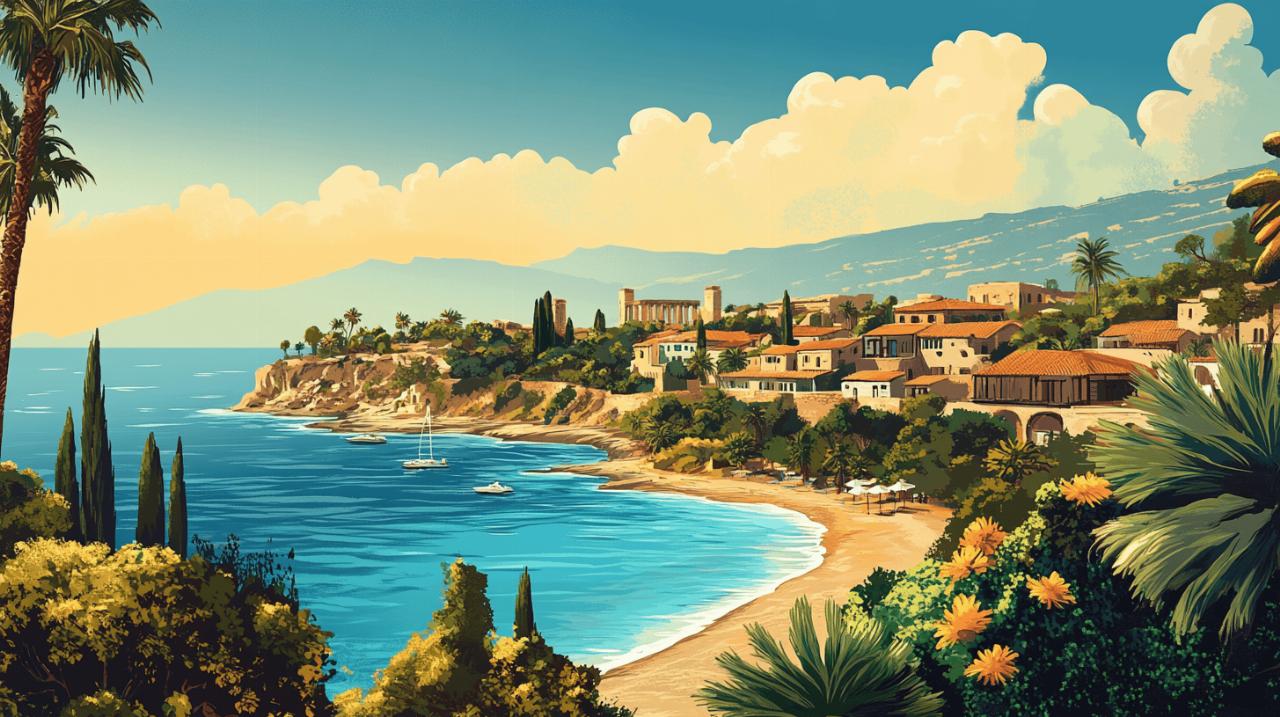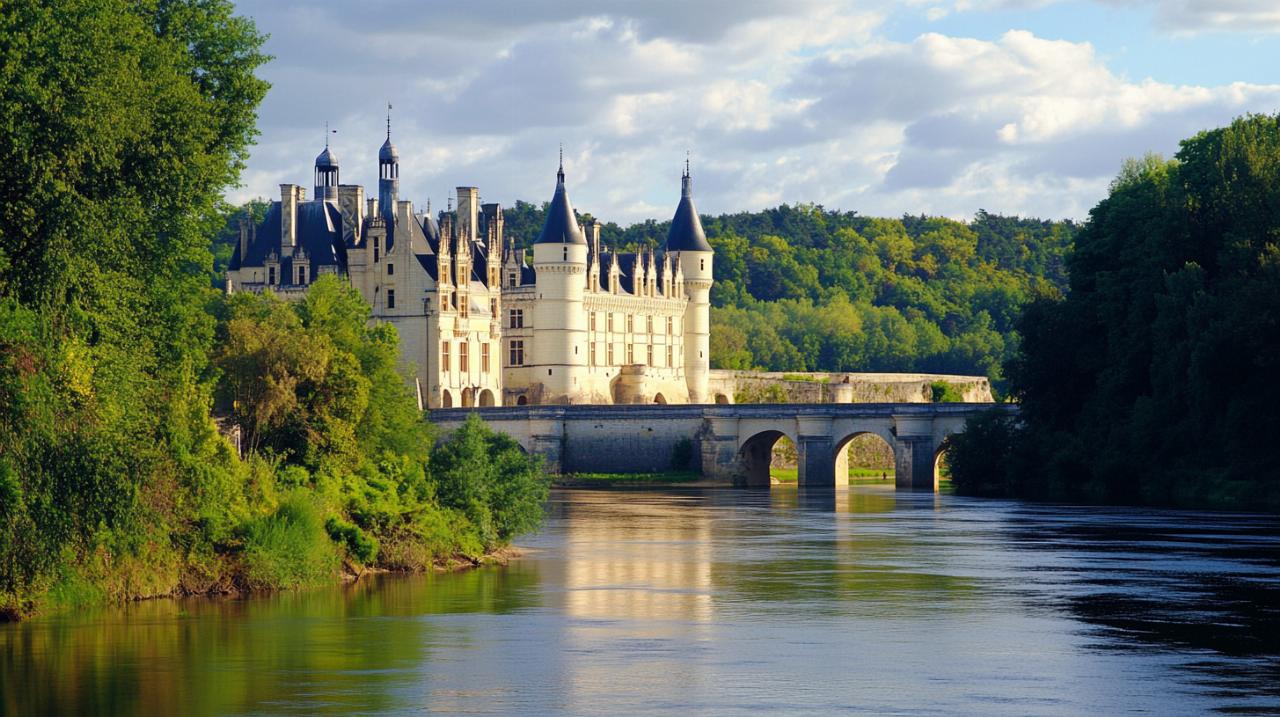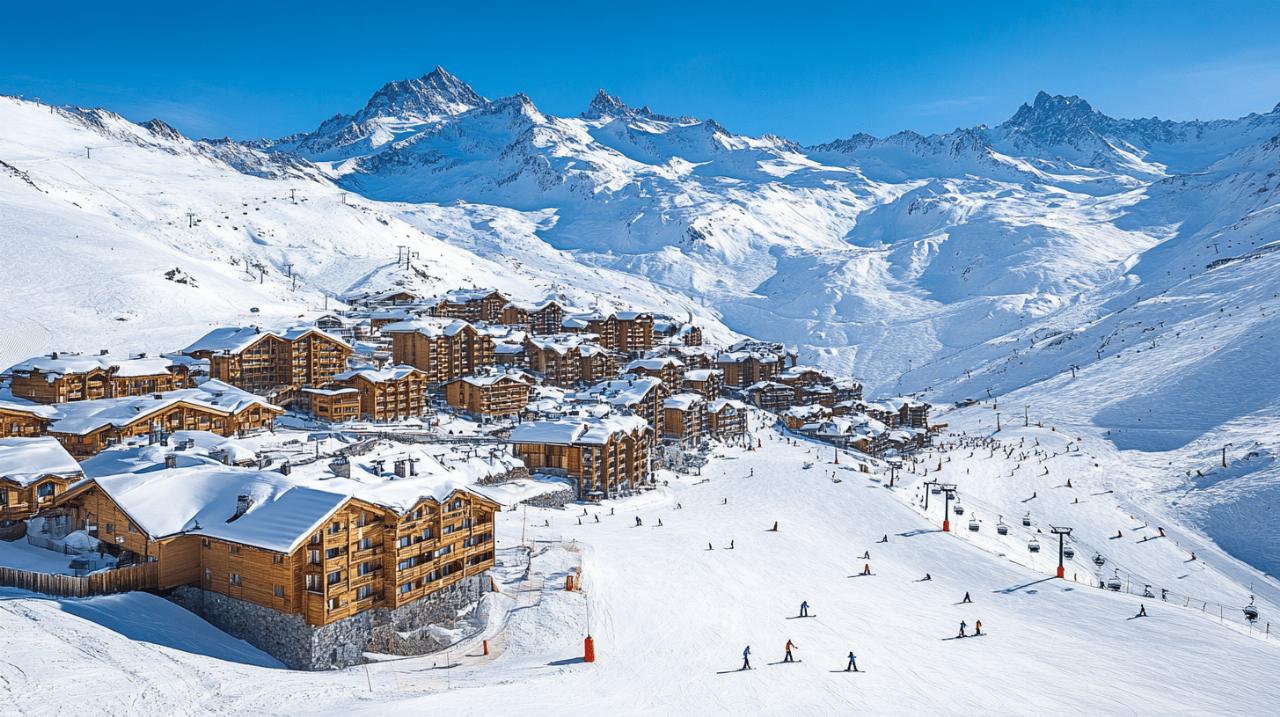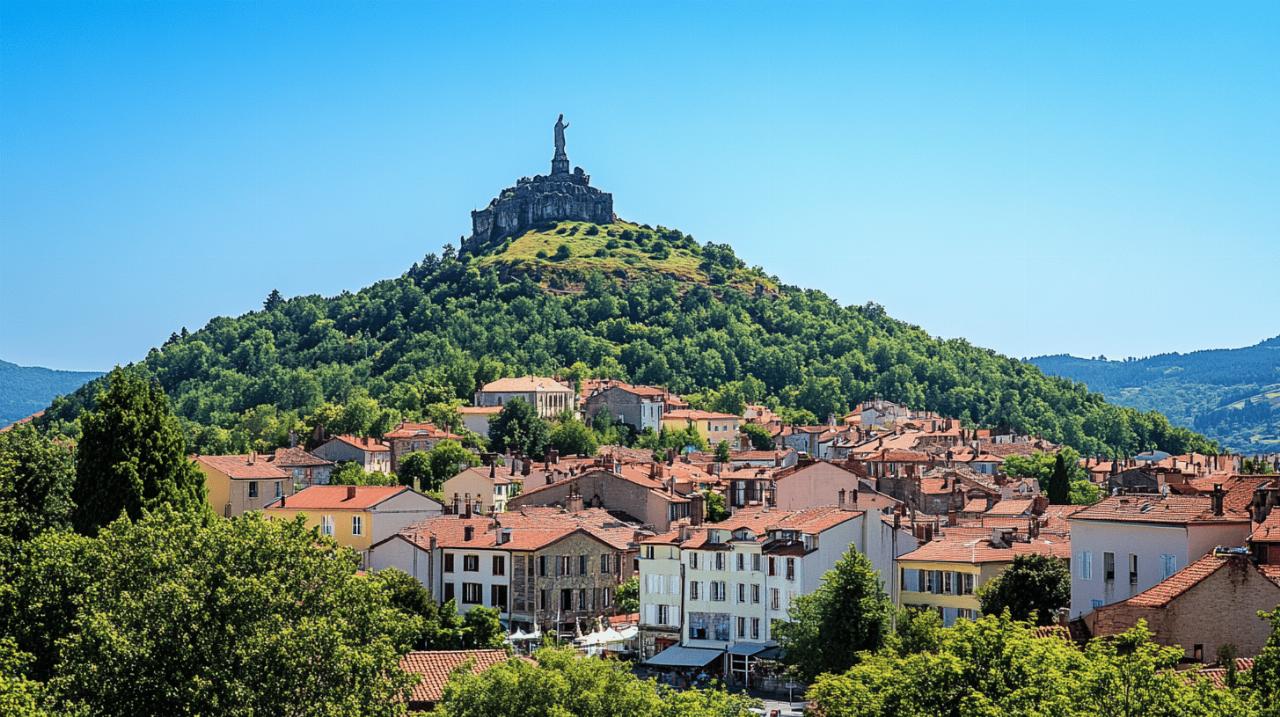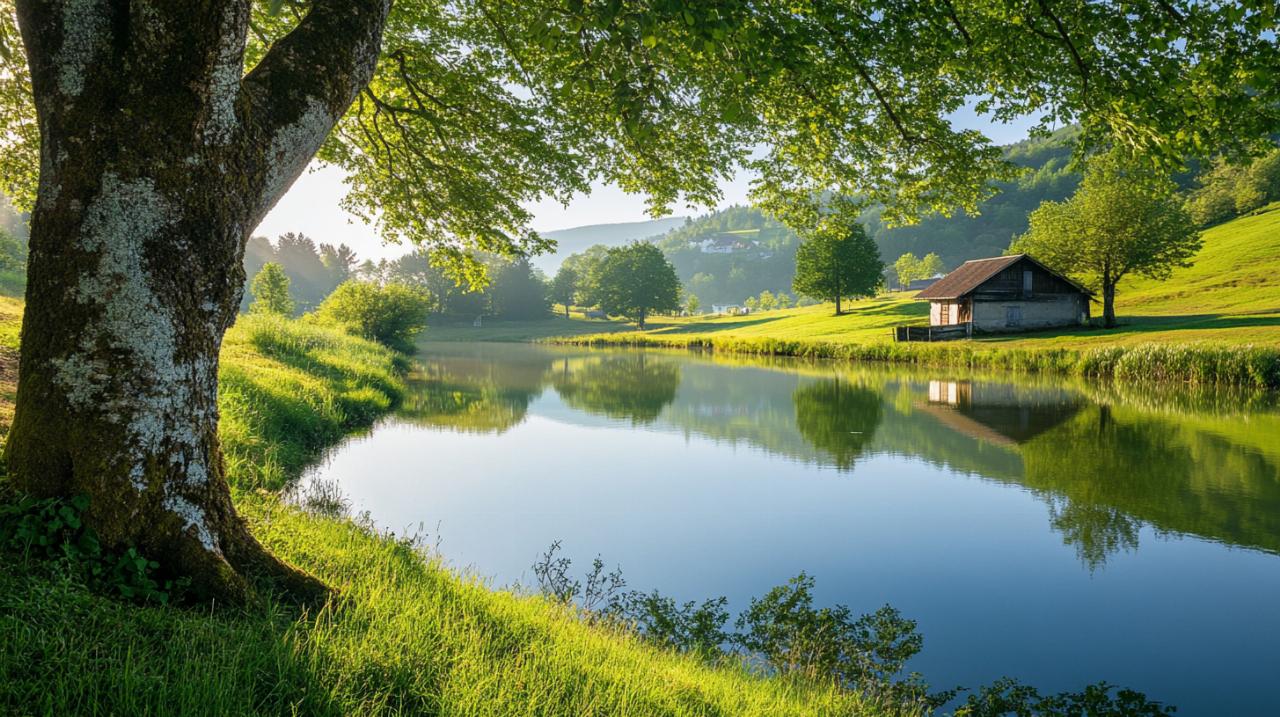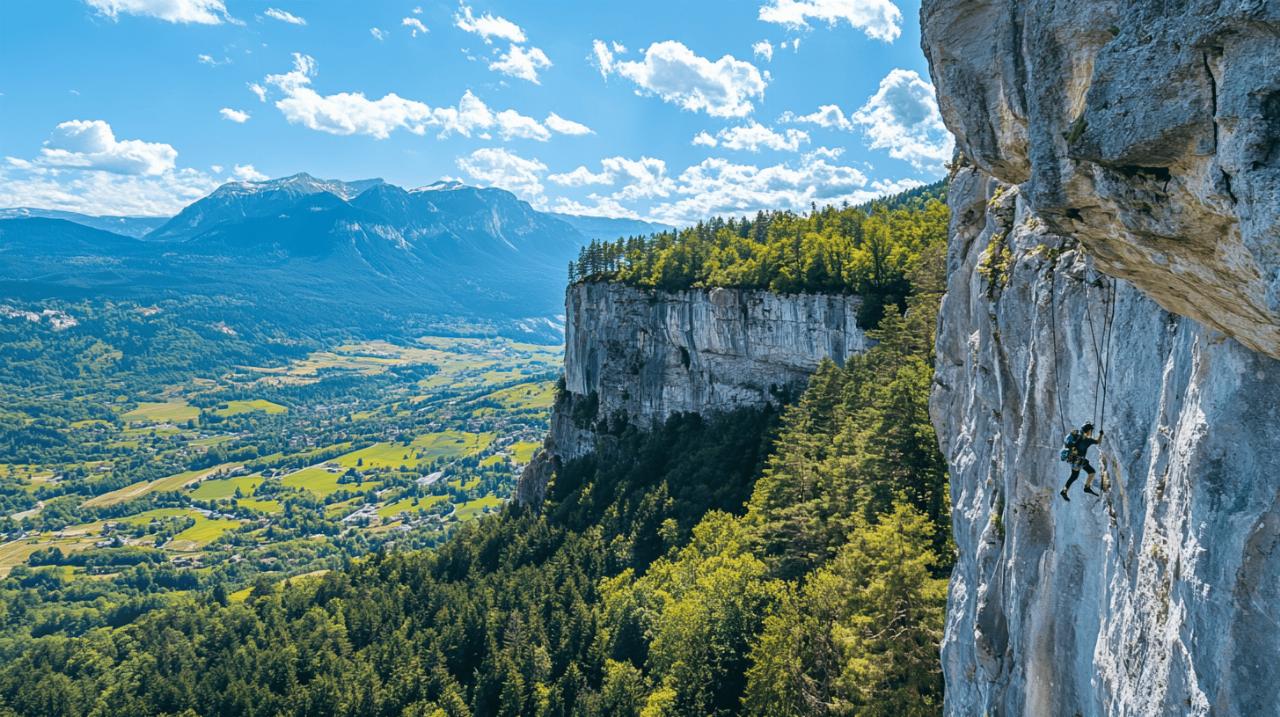For centuries, the roads leading to Santiago de Compostela have drawn countless souls seeking meaning, challenge, and connection. Among the several historic routes that crisscross Europe, the path from Le Puy-en-Velay to Figeac stands as a captivating gateway to this timeless journey. Winding through the heart of rural France, this stretch of the Via Podiensis offers walkers an experience steeped in history, natural splendour, and the quiet contemplation that only a long-distance pilgrimage can provide. Whether embarking for spiritual reasons, physical accomplishment, or simply the allure of discovery, this segment reveals the enduring spirit of the Camino de Santiago in a landscape as varied as it is beautiful.
Embarking on a Sacred Journey: Understanding the Le Puy to Figeac Pilgrimage
The Historical Significance of Le Puy-en-Velay as a Pilgrimage Starting Point
Le Puy-en-Velay has long held a distinguished place in the tapestry of European pilgrimage. Perched in the Velay region of the Auvergne, this ancient town has served as a departure point for those venturing towards Santiago de Compostela since the Middle Ages. The town's spiritual prominence was affirmed as early as the tenth century when Bishop Godescalc set out from here in the year 951, becoming one of the first recorded pilgrims to undertake this momentous walk. His journey laid the foundation for a tradition that would flourish over the following centuries, drawing travellers from across the continent. The town's Notre-Dame Cathedral, with its striking volcanic stone and Romanesque grandeur, remains a powerful symbol of this heritage. In 1998, UNESCO recognised the cathedral as part of the Routes of Santiago de Compostela in France, cementing its status as a cultural and spiritual landmark. The Chemin du Puy, also known as the Via Podiensis, is one of the four great French pilgrim roads mentioned in the twelfth-century Codex Calixtinus, a manuscript that provided guidance and inspiration to generations of medieval pilgrims. Starting from this venerable location, walkers today follow in the footsteps of countless others, embarking on a route that has been cherished and meticulously documented for over a millennium.
What to Expect: Distance, Duration, and Daily Walking Rhythms
The journey from Le Puy-en-Velay to Figeac covers approximately two hundred kilometres, a distance that most walkers complete in ten to fourteen days depending on fitness levels and preferred daily pace. This section forms part of the broader seven hundred and thirty-six kilometre trail that stretches all the way to Saint-Jean-Pied-de-Port, where it meets the Camino Francés. For those who wish to sample the full richness of the French route without committing to the entire length, this initial segment provides an ideal introduction. Each day, pilgrims can expect to walk between fifteen and twenty-five kilometres, with elevation changes typically ranging from three hundred to six hundred metres. The rhythm of daily walking soon becomes meditative, as the body adjusts to the routine and the mind begins to settle into the pace of the landscape. Accommodation along the way includes a variety of options such as gîtes, chambres d'hôtes, and small hotels that cater specifically to walkers. These establishments offer a welcoming atmosphere and a chance to meet fellow pilgrims who share the path. Booking in advance is advisable, particularly during peak season from April to October, when the route is most popular. The trail itself is well-marked with the distinctive red and white stripes of the GR65, ensuring that navigation is straightforward and allowing walkers to focus on the journey rather than the map. This section of the Via Podiensis is recognised not only for its spiritual resonance but also for its accessibility, making it an appealing choice for both seasoned hikers and those new to long-distance walking.
Through Volcanic Peaks and Windswept Plateaus: Navigating the Diverse Terrain
The Dramatic Volcanic Landscapes of Haute-Loire and the Aubrac Plateau
Leaving Le Puy-en-Velay behind, walkers are immediately immersed in the unique geology of the Haute-Loire, where ancient volcanic formations shape the horizon. The terrain here is characterised by rugged outcrops, rolling hills, and the occasional dramatic peak that offers sweeping views over the surrounding countryside. This volcanic legacy gives the landscape a raw, elemental quality that feels both ancient and timeless. As the route progresses, pilgrims ascend towards the high plateau of Aubrac, a wild and windswept expanse that has captured the imagination of travellers for centuries. The Aubrac Plateau, with its open moorland and grazing herds, presents a stark contrast to the more sheltered valleys below. Here, the sense of isolation is profound, and the wide skies seem to stretch endlessly in every direction. The region's traditional stone buildings, known as burons, once served as shelters for shepherds and their flocks, and many still stand as testament to a pastoral way of life that has endured for generations. Walking across Aubrac, especially in spring or early summer when wildflowers carpet the meadows, is an experience that resonates deeply with the spirit of pilgrimage. The landscape invites contemplation and offers a sense of communion with the natural world that is increasingly rare in modern life.
Descending into the Verdant Valleys of the Lot Department
Beyond the plateau, the trail descends gradually into the lush valleys of the Lot department, where the scenery transforms once again. Here, the landscape softens, with rivers carving gentle courses through the hills and vineyards clinging to the slopes. The descent into these valleys marks a shift in both terrain and atmosphere, as the route winds through small villages and hamlets that seem to exist outside the rush of contemporary existence. The Lot region is known for its rich agricultural heritage, and walkers will pass through areas dotted with orchards, fields, and traditional stone farmhouses. The sense of history is palpable, with many of the towns and villages along this stretch preserving their medieval character. The route offers a diverse tapestry of landscapes, each with its own distinct beauty and challenge. This variety ensures that the journey remains engaging and that each day brings fresh perspectives and new discoveries. The interplay between high, exposed plateaus and sheltered, verdant valleys creates a dynamic experience that keeps the walker connected to the rhythms of the land.
Treasures Along the Way: Must-Visit Villages and Historic Landmarks
Conques: A Medieval Gem with an Extraordinary Abbey Church
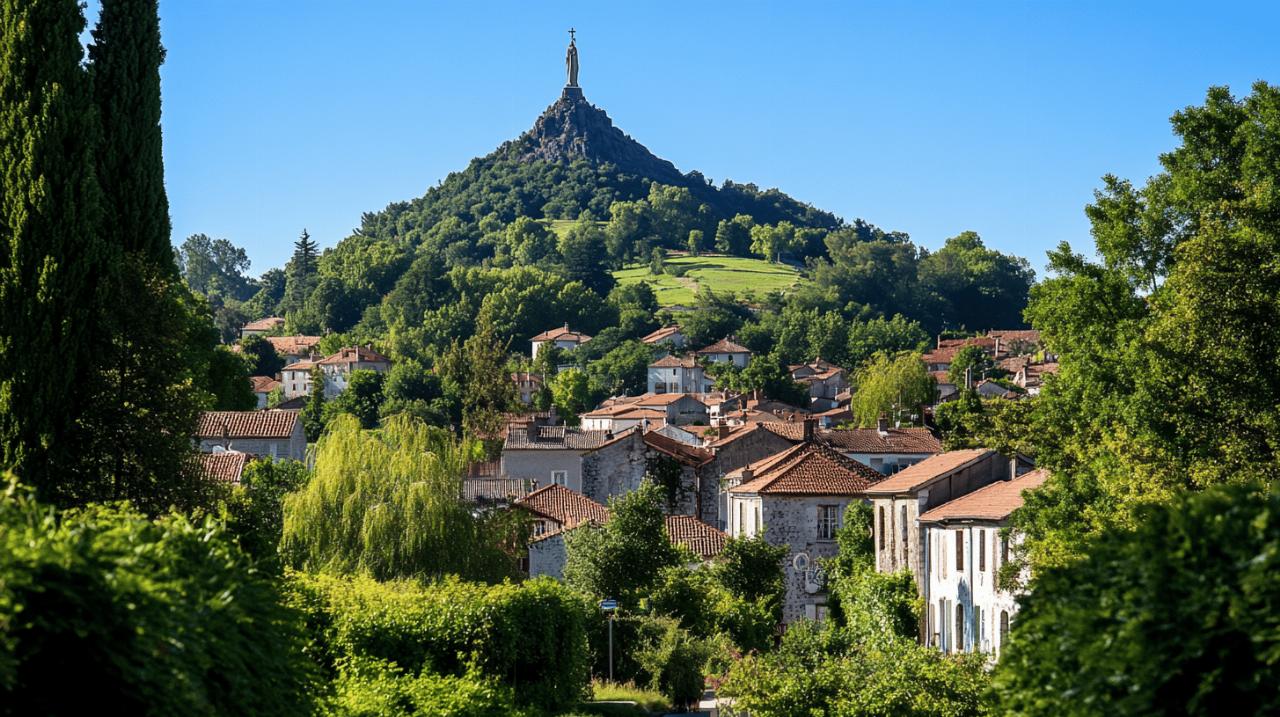 One of the undisputed highlights of the journey from Le Puy-en-Velay to Figeac is the medieval village of Conques. Perched on a hillside and surrounded by forests, Conques is a place where time appears to have paused. The village is famed for its stunning abbey church, Sainte-Foy, a masterpiece of Romanesque architecture that has drawn pilgrims and admirers for centuries. The church's treasury holds a remarkable collection of reliquaries and sacred objects, including the reliquary statue of Sainte Foy herself, which glitters with gold and precious stones. The tympanum above the main entrance depicts the Last Judgement in intricate detail, a powerful reminder of the spiritual purpose that once drove so many to undertake this arduous journey. Walking through the narrow cobbled streets of Conques, with their half-timbered houses and flower-filled window boxes, feels like stepping into another era. The village is recognised as one of the Plus Beaux Villages de France, a designation that celebrates its architectural and cultural significance. For walkers, Conques offers not only a welcome respite but also a profound connection to the history and spirit of the pilgrimage. It is a place where the physical and spiritual aspects of the journey converge, leaving a lasting impression on all who pass through.
One of the undisputed highlights of the journey from Le Puy-en-Velay to Figeac is the medieval village of Conques. Perched on a hillside and surrounded by forests, Conques is a place where time appears to have paused. The village is famed for its stunning abbey church, Sainte-Foy, a masterpiece of Romanesque architecture that has drawn pilgrims and admirers for centuries. The church's treasury holds a remarkable collection of reliquaries and sacred objects, including the reliquary statue of Sainte Foy herself, which glitters with gold and precious stones. The tympanum above the main entrance depicts the Last Judgement in intricate detail, a powerful reminder of the spiritual purpose that once drove so many to undertake this arduous journey. Walking through the narrow cobbled streets of Conques, with their half-timbered houses and flower-filled window boxes, feels like stepping into another era. The village is recognised as one of the Plus Beaux Villages de France, a designation that celebrates its architectural and cultural significance. For walkers, Conques offers not only a welcome respite but also a profound connection to the history and spirit of the pilgrimage. It is a place where the physical and spiritual aspects of the journey converge, leaving a lasting impression on all who pass through.
Approaching Figeac: Discovering Cahors and the Iconic Valentré Bridge
As the route continues towards Figeac, another notable town comes into view: Cahors, situated along the banks of the River Lot. Cahors is renowned for its magnificent Valentré Bridge, a fortified medieval structure that spans the river with three distinctive towers. The bridge, with its elegant arches and defensive architecture, is one of the most photographed landmarks in the region and serves as a symbol of the area's rich historical legacy. The town itself is steeped in history, with origins that stretch back to Roman times, and its old quarter is a delight to explore on foot. Beyond Cahors, the trail meanders through the picturesque Célé Valley, an alternative route known as the GR651 that offers a more intimate encounter with the natural beauty of the region. This detour takes walkers through charming villages such as Espagnac-Sainte-Eulalie and Saint-Cirq-Lapopie, each offering its own unique character and appeal. The Célé Valley route is celebrated for its dramatic cliffs, riverside paths, and the tranquillity that pervades the landscape. Finally, the path leads to Figeac, a town that has served as a crossroads for pilgrims for centuries. Figeac's historic centre, with its medieval architecture and welcoming atmosphere, marks the end of this section of the journey. The town's connection to the pilgrimage is evident in its infrastructure and hospitality, with numerous facilities catering to walkers and ensuring that the final stages of the trek are as comfortable as they are rewarding.
Preparing for Your Pilgrimage: Accommodation, Practicalities, and the Walker's Spirit
Finding Rest: Gîtes, Chambres d'Hôtes, and Booking Tips for Pilgrims
A successful pilgrimage depends not only on physical preparation but also on careful planning of accommodation and logistics. Along the route from Le Puy-en-Velay to Figeac, walkers will find a range of lodging options tailored to the needs of pilgrims. Gîtes, which are communal hostels often operated by local associations or religious organisations, provide basic but comfortable accommodation at affordable prices. These establishments foster a sense of community among walkers, offering a chance to share stories and experiences with fellow travellers. Chambres d'hôtes, the French equivalent of bed and breakfasts, offer a more personal touch, with hosts who are often eager to share their knowledge of the local area and its history. For those seeking greater comfort, small hotels and inns are also available along the route, though at a higher price point. Regardless of the type of accommodation chosen, it is essential to book in advance, particularly during the busy months of May through October when the trail sees the highest number of walkers. Many pilgrims also take advantage of luggage transfer services, which allow them to walk with a lighter pack while their larger bags are transported ahead to the next night's lodging. This service can make the journey significantly more comfortable, especially for those who are less experienced or prefer to focus on the experience rather than the physical burden. Budgeting for accommodation typically ranges from thirty to sixty euros per day, depending on the level of comfort and services required.
Embracing the Camino Experience: Spiritual Reflection, Camaraderie, and Natural Beauty
Walking the route from Le Puy-en-Velay to Figeac is more than a physical undertaking; it is an opportunity for personal transformation and connection. Many pilgrims carry a credential, a document stamped at each stop along the way, which serves as both a practical record of the journey and a symbolic testament to the distance travelled. The credential is available from the Cathedral of Le Puy and is cherished by many as a tangible reminder of their time on the trail. The experience of walking this historic path is enriched by the camaraderie that develops among those who share the road. Whether exchanging greetings as paths cross, sharing a meal in a communal gîte, or simply walking in companionable silence, the sense of shared purpose creates bonds that often endure long after the journey ends. The natural beauty encountered along the way, from the volcanic peaks of the Haute-Loire to the gentle valleys of the Lot, provides a backdrop for reflection and contemplation. The changing landscapes mirror the inner journey that many pilgrims experience, offering moments of challenge and reward in equal measure. For some, the walk is a spiritual quest, a means of seeking clarity or healing. For others, it is a personal challenge or a way to disconnect from the demands of modern life and reconnect with something more fundamental. Regardless of individual motivations, the route offers a space where these pursuits can unfold at a natural pace, guided by the rhythm of the walk and the spirit of the Camino. The journey from Le Puy-en-Velay to Figeac stands as a testament to the enduring power of pilgrimage, a tradition that continues to inspire and transform those who answer its call.

